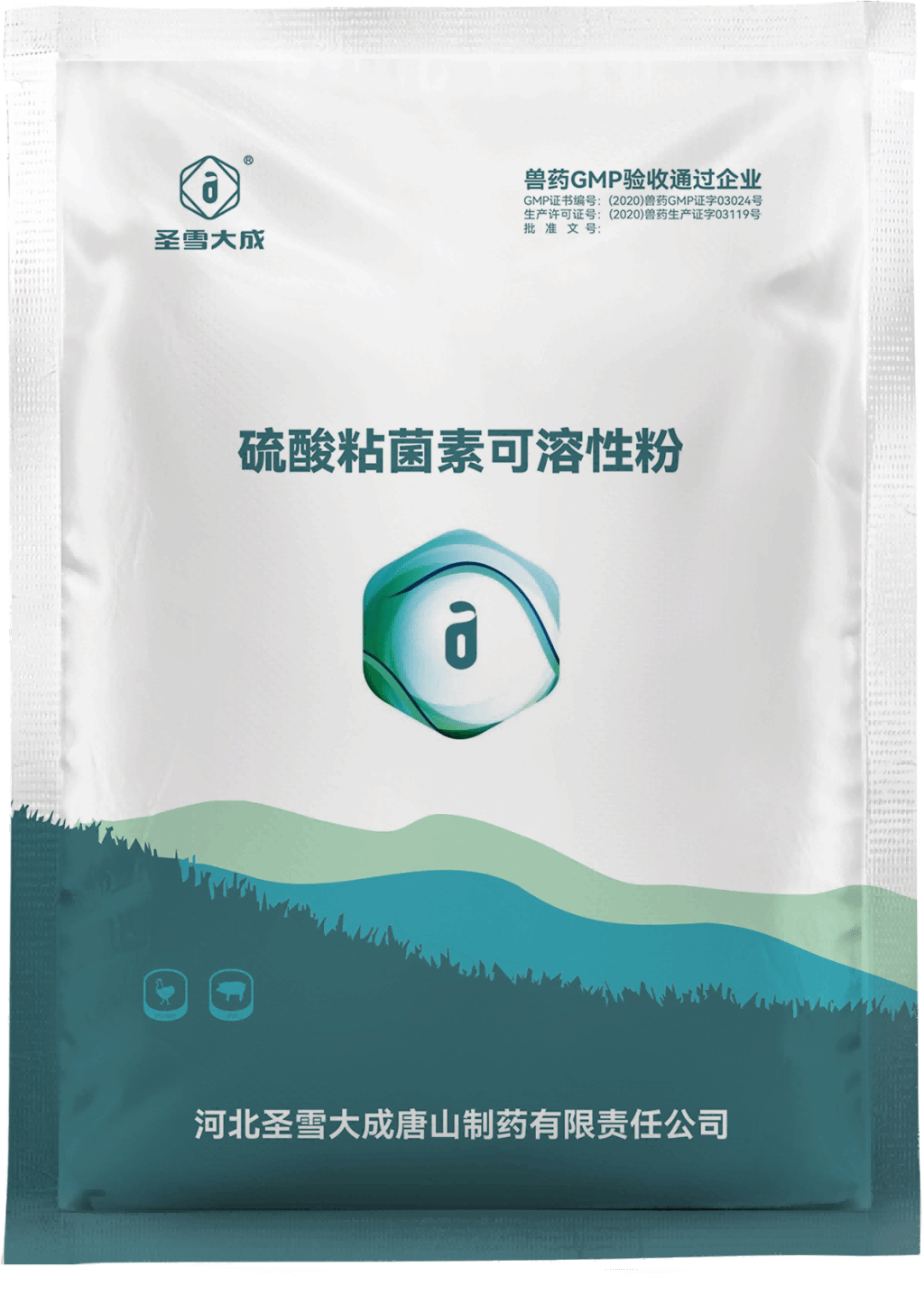Tel:+8618231198596

News
 CONTACT
CONTACT
 CONTACT
CONTACT
- Linkman:Linda Yao
- Tel: +8618231198596
- Email:linda.yao@dcpharma.cn
- Linkman:CHARLES.WANG
- Department:Overseas
- Tel: 0086 0311-85537378 0086 0311-85539701
News
Current Position:
Home >
News
>Veterinary Education: Integrating Colistin Sulfate Soluble Powder Best Practices.
Veterinary Education: Integrating Colistin Sulfate Soluble Powder Best Practices.
TIME:2024-01-19
I. The Significance of Veterinary Education:
Professional Responsibility:
Veterinary education instills a sense of professional responsibility in students, emphasizing ethical practices, and the welfare of animals under their care. This includes the judicious use of antibiotics to ensure both individual animal health and the broader public good.
Continuous Learning:
The field of veterinary medicine is dynamic, with ongoing advancements in knowledge and technologies. Veterinary education serves as a foundation for continuous learning, enabling practitioners to adapt to evolving best practices and contribute to the advancement of the profession.
II. Colistin Sulfate Soluble Powder: Uses and Considerations:
Effectiveness Against Gram-Negative Bacteria:
Colistin sulfate is valued for its effectiveness against Gram-negative bacteria, making it a crucial tool in treating bacterial infections in animals. However, its use requires careful consideration due to concerns about antibiotic resistance and potential impacts on public health.
Responsible Use Guidelines:
Integrating responsible use guidelines for colistin sulfate in veterinary education ensures that students are equipped with the knowledge to make informed decisions. This includes understanding dosage regimens, prescription practices, and the importance of considering alternative therapies.
III. Best Practices in Colistin Sulfate Usage:
Diagnostic Precision:
Emphasizing the importance of accurate diagnosis before antibiotic prescription is crucial. Veterinary education should stress the significance of identifying the specific pathogen causing the infection to ensure targeted and effective treatment.
Veterinarian Oversight:
Colistin sulfate, like any antibiotic, should be administered under the oversight of a veterinarian. Integrating best practices involves teaching students about the critical role veterinarians play in assessing animal health, prescribing antibiotics when necessary, and monitoring treatment outcomes.
IV. Addressing Antibiotic Resistance:
Educating on Antibiotic Resistance:
Veterinary education should provide a comprehensive understanding of antibiotic resistance, its mechanisms, and the role veterinarians play in mitigating resistance development. Awareness among students is crucial for instilling a commitment to responsible antibiotic use.
Alternatives and Complementary Therapies:
Integrating information about alternative therapies and complementary approaches to antibiotics ensures that veterinary students are aware of a broader range of treatment options. This knowledge encourages a more nuanced and holistic approach to animal health.
V. Sustainability in Animal Health:
Environmental Impact:
Veterinary education should include discussions about the environmental impact of antibiotic use, including the potential for residues in water sources. This awareness promotes practices that minimize the ecological footprint of veterinary interventions.
One Health Approach:
Emphasizing the One Health approach in veterinary education encourages students to consider the interconnectedness of animal, human, and environmental health. Colistin sulfate usage should be contextualized within this broader framework to ensure a comprehensive understanding of its implications.
VI. Practical Training and Clinical Experience:
Simulation and Case Studies:
Incorporating simulation exercises and case studies related to colistin sulfate usage enhances practical skills and decision-making abilities. This hands-on experience prepares students for real-world scenarios and encourages critical thinking.
Ethical Dilemmas and Decision-Making:
Veterinary education should expose students to ethical dilemmas related to antibiotic use. This includes discussions on balancing individual animal welfare, client expectations, and the broader societal concerns associated with antibiotic resistance.
VII. Collaborative Learning and Interdisciplinary Training:
Collaboration with Pharmacists:
Collaborative learning initiatives involving pharmacists can provide insights into the pharmacokinetics and pharmacodynamics of antibiotics. This interdisciplinary approach enhances students' understanding of antibiotic properties and their implications for animal health.
Interactions with Industry Experts:
Bringing in industry experts for guest lectures or workshops allows students to gain insights into current practices, research, and innovations in antibiotic use. These interactions provide valuable perspectives beyond the academic setting.
VIII. Regulatory Compliance and Reporting:
Understanding Regulatory Standards:
Veterinary education should familiarize students with national and international regulatory standards governing antibiotic use in animals. This knowledge is essential for ensuring compliance and responsible practices in their future careers.
Reporting and Documentation:
Effective reporting and documentation practices are integral to responsible antibiotic use. Integrating training on proper record-keeping ensures that veterinary professionals can track antibiotic usage, assess treatment outcomes, and contribute to data-driven decision-making.
IX. Continuing Education and Professional Development:
Lifelong Learning:
Veterinary education extends beyond formal academic programs. Encouraging a mindset of lifelong learning ensures that veterinary professionals stay informed about new developments, research findings, and evolving best practices throughout their careers.
Engagement with Professional Associations:
Active engagement with professional associations provides opportunities for veterinary professionals to stay connected with the broader industry. These associations often offer resources, conferences, and continuing education opportunities focused on responsible antibiotic use.
X. Conclusion:
Integrating best practices related to colistin sulfate soluble powder into veterinary education is essential for fostering responsible antibiotic use, addressing antibiotic resistance, and promoting the overall well-being of animals. By equipping future veterinarians with a comprehensive understanding of the complexities surrounding antibiotic usage, veterinary education becomes a driving force in shaping a sustainable and ethical future for animal health and welfare.
- Tel:+8618231198596
- Whatsapp:18231198596
- Chat With Skype







